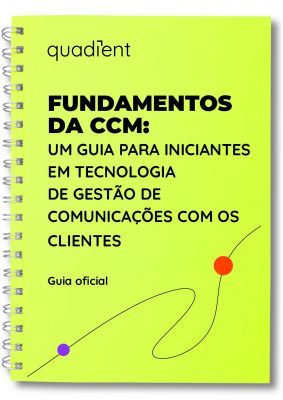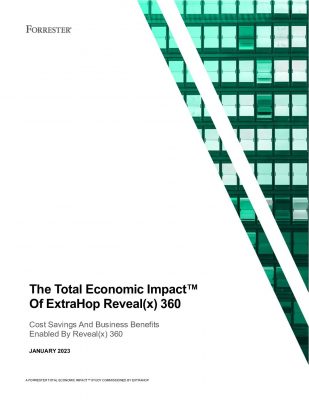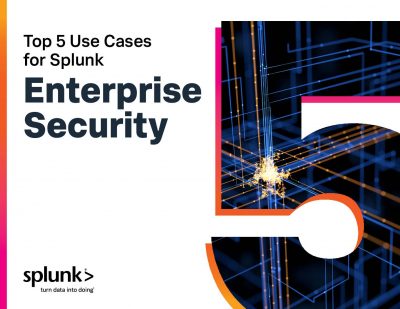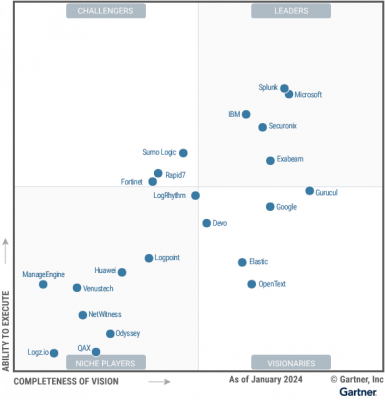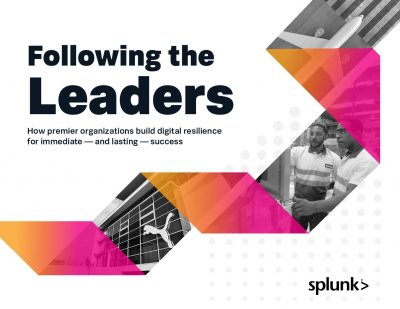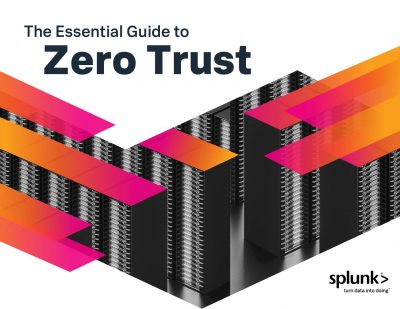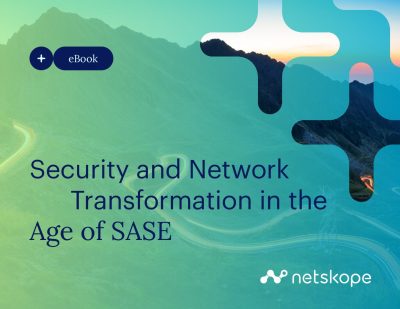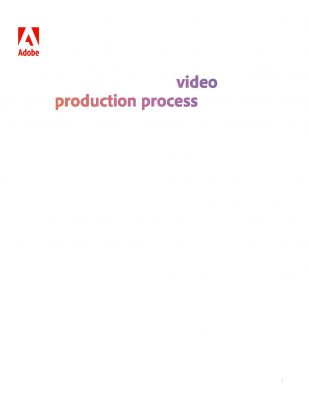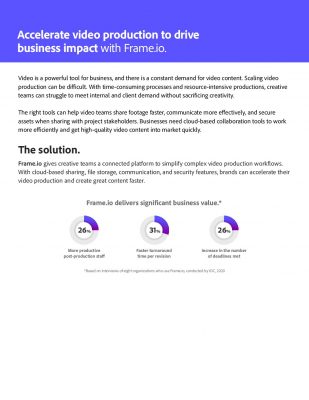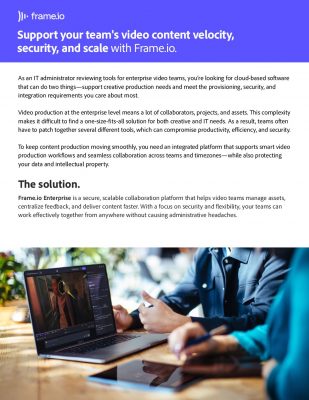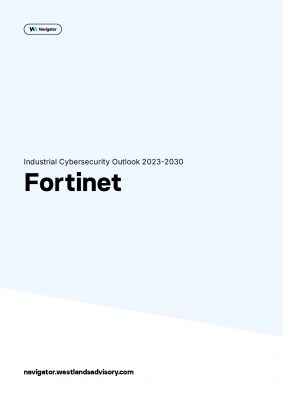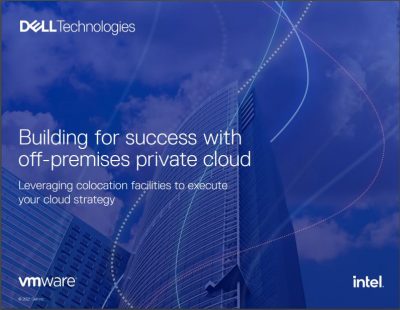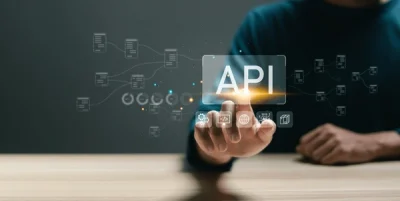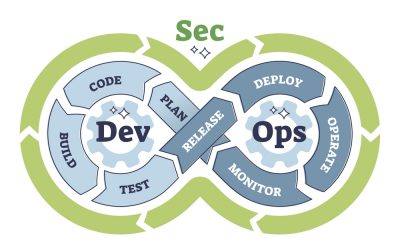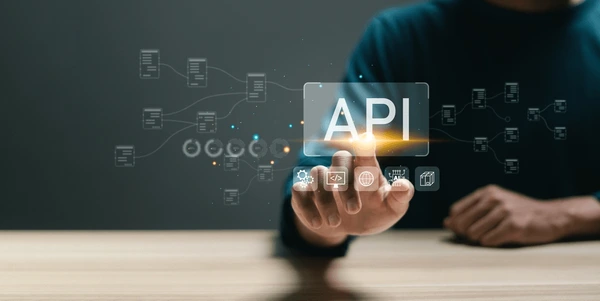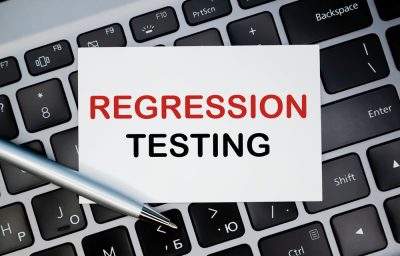Highlights:
- REST and SOAP can specify standards and protocols for how applications demand, process, and respond to data from other applications.
- Developers can use SOAP to create, update, retrieve, or delete records when working with custom objects, accounts, or leads.
Simple Object Access Protocol (SOAP) is a messaging protocol designed to exchange information between systems and applications. In the context of application programming interfaces (APIs), a SOAP API for web service integration is created in a more structured and formalized manner. It is a standard messaging protocol that the operating system utilizes to communicate through HTTP and XML.
It enables applications to interact and perform tasks such as creating, updating, deleting, and retrieving records like passwords, accounts, and custom objects. Due to its extensible, neutral, and independent nature, the SOAP API allows developers to manage accounts and execute searches using any programming language.
Difference Between SOAP and REST API: Structural Contrasts
Navigating the landscape of APIs, it’s essential to discern the contrasting approaches embodied in REST and SOAP architectures.
| SOAP API | REST API |
|---|---|
| SOAP follows a rigid standard to facilitate communication between the client and the server. | An architectural style, REST, does not follow a stringent standard but adheres to some constraints such as uniform interface, client-server, code on demand, and others. |
| SOAP utilizes only XML to exchange information in its messaging format. | REST is not confined to using XML. It is the choice of implementer to utilize media type such as JSON, XML, or Plain-text. |
| SOAP is challenging to implement and necessitates more bandwidth. | REST implementation is comparatively easier as it takes lesser bandwidth. |
| Since SOAP is a protocol without architectural framework, it cannot utilize REST. | REST can use SOAP as it is an architectural pattern featuring protocol. |
| Speaking of security, SOAP has got Secure Socket Layer (SSL) and WS-security provisions. | REST is equipped with SSL and HTTPS safeguards. |
While REST and SOAP APIs differ in their architectural styles and communication protocols, their resemblances include their ability to facilitate communication between diverse applications and their reliance on HTTP for data exchange.
Similarities Between SOAP and REST API
While developing applications for business, a variety of programming languages, architectures, and platforms are utilized. Sharing data among these diverse technologies is difficult due to their differing data formats. SOAP and REST were both introduced as solutions to address this challenge.
SOAP and REST can be used to create APIs or communication endpoints between different applications. REST and SOAP can specify standards and protocols for how applications demand, process, and respond to data from other applications. Both utilize HTTP, the standardized internet protocol, for exchanging information and support SSL/TLS to ensure encrypted, secure communication and collaboration. Businesses can leverage REST or SOAP to develop scalable, secure, and fault-resistant distributed systems.
Understanding the mechanics of SOAP API involves delving into its intricate operations and protocols, offering a pathway to seamless data exchange and communication across diverse applications.
How SOAP API Architecture for Seamless Communication Works?
SOAP APIs majorly use HTTP, though they can also use other protocols to enable data export and import across applications. As a technically RPC-API, SOAP only accepts POST as a valid HTTP method. These APIs expose remote procedures to support standard CRUD (create, read, update, delete) operations and non-CRUD functions.
SOAP APIs rely on the Extensible Markup Language (XML) for data formatting. When a client sends a request to the web server, SOAP uses XML code. Upon receiving this request, SOAP requires the response to be in XML format. This request is transmitted via HyperText Transfer Protocol (HTTP) to a request handler, which manages the requests on the web server. The XML document received by the handler is forwarded to the web server, which then generates a response. SOAP subsequently receives the response message in the standard XML payload format.
When operations demand a robust and secure approach to business data integration, SOAP API design for system connectivity emerges as a reliable alternative. It offers extensive control over data types and supports complex functionalities.
When Does Your Business Need SOAP API?
Although many software businesses offer user-friendly tools for organizing business processes, some organizations have complex needs that existing technology cannot accommodate. Developers can use SOAP to create custom functionalities tailored to these organizations. They can leverage SOAP to create, update, retrieve, or delete records when working with custom objects, accounts, or leads.
The SOAP API protocol for distributed systems offers over 20 different calls for tasks like maintaining passwords, performing searches, and more. Additionally, SOAP is compatible with any language supporting web services, allowing web developers to work with this API using various languages.
Incorporating SOAP API architecture into entrepreneurial operations promises to revolutionize connectivity and simplify data management processes.
How to Integrate SOAP API in Your Business Operations?
To ensure a successful, long-term SOAP API integration, follow these best practices:
-
Work on fault reporting and error handling
Implement robust error handling mechanisms to gracefully manage and recover from errors. Additionally, provide detailed and informative fault reporting to aid in troubleshooting, making it easier to identify and resolve issues quickly. This includes logging error details, categorizing errors by severity, and offering clear error messages to guide developers in diagnosing and fixing problems at the earliest.
-
Implement robust security measures
To ensure confidentiality and data integrity, use SSL/TLS to secure data during transport and WS-Security for message-level security. This is crucial to maintain the business value of API gateway SOAP.
-
Maintain message size
Reduce the size of SOAP messages by utilizing efficient data serialization formats, particularly when dealing with large payloads and attachments.
-
Adopt backward compatibility and versioning
Include versioning in your planning to accommodate changes while ensuring backward compatibility, thus preventing disruptions to existing integrations.
-
Document throughout
Develop a thorough SOAP API documentation for communication protocols, encompassing message formats, available operations, and endpoint specifics. This aids developers and integrators in comprehending digital implementation.
Concluding Lines
SOAP APIs continue to influence technological progress and are favored by organizations that prioritize data type control, depend on intricate functions, and seek highly secure and adaptable platforms.
SOAP API samples persist across various web corners, ranging from modest and straightforward setups to elaborate solutions tailored for large enterprises. In scenarios demanding the utmost reliability and robust security in integrations, SOAP APIs frequently emerge as the preferred solution.
Discover our carefully selected compilation of whitepapers focused on IT-infra, crafted to enrich your knowledge with thorough analysis and extensive insights.
